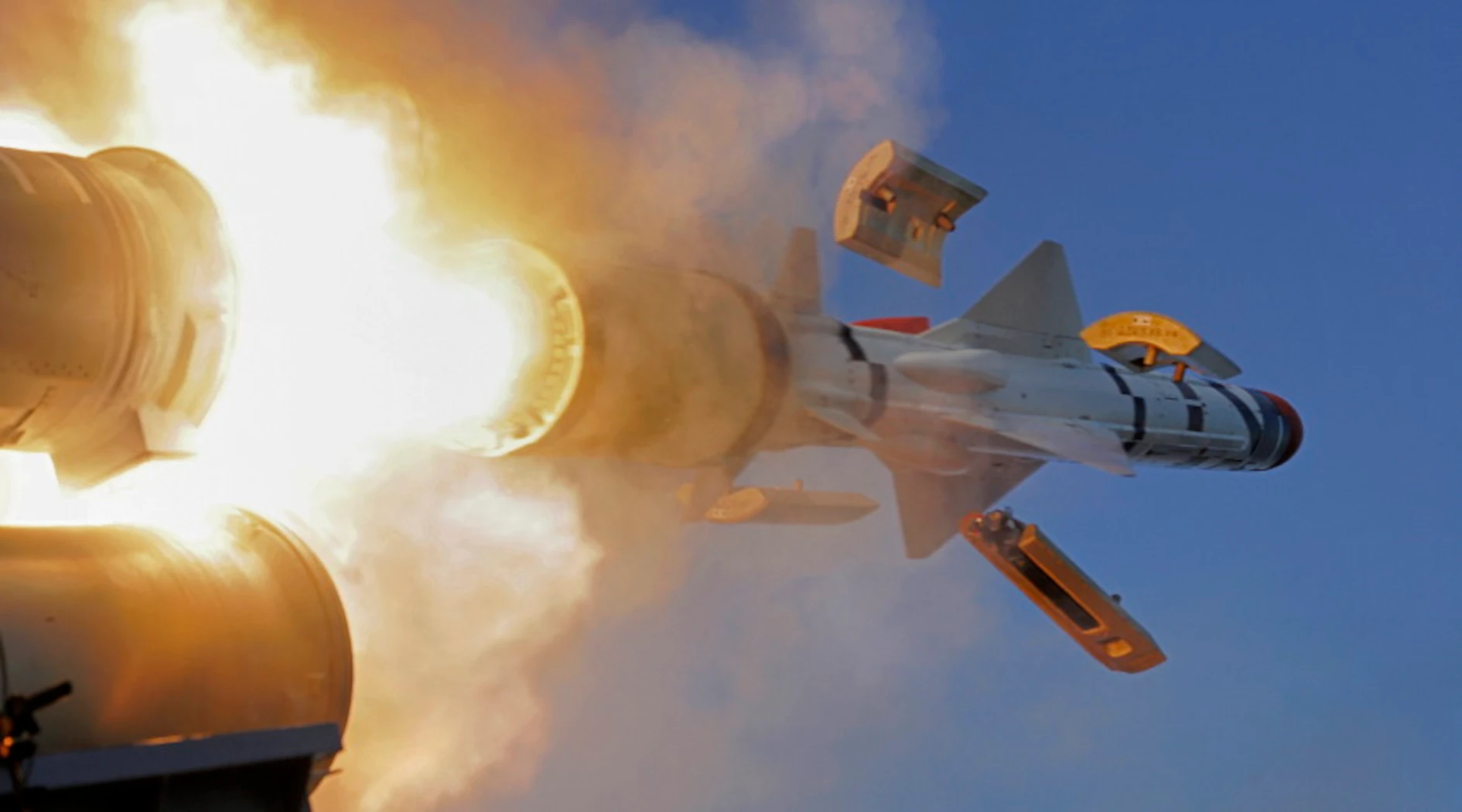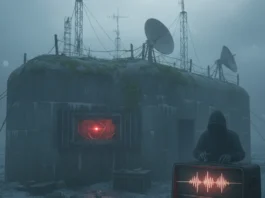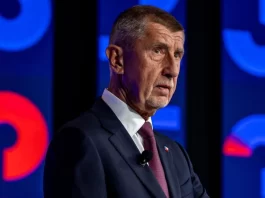
According to Christian Cambon, the Senate Committee on Foreign Affairs and Defence chairman, French forces lack ammunition for a long-term conflict.
In his reply to Public Sénat, the Upper House of French Parliament, Christian Cambon said, “after two weeks, we would start to have real difficulties, perhaps earlier on certain equipment.”
He said French Armed Forces are capable of protecting the country, but France cannot risk a longer conflict as it lacks ammunition, whether “special or conventional ammunition.”
“In particular with regard to the Aster [surface-to-air Ed.] and Exocet [anti-ship Ed.] missiles, on which we are very short,” he said.
Earlier, during the debate following the government’s statement on Russia’s invasion of Ukraine, Cambon remarked that “in Kharkiv, the Russians fired in one minute what the French army fired in one year in his training camps”, which gives “the measure of this war”.
In November 2021, the senators of the commission chaired by Cambon had sounded the alarm on the level of ammunition stocks after a visit to the 2nd Marine Infantry Regiment [RIMa]. “Our trip to Le Mans allowed us to illustrate this issue of investment and preparation for high intensity. Ammunition, in particular ammunition complex, is in short supply,” said Olivier Cigolotti, Vice-Chairman of the Foreign Affairs, Defense and Armed Forces Committee
“This concerns ammunition for training and also for combat. The range extends from bullets to missiles. We are on a ridgeline; we have the bare necessities. However, we should have additional stocks if, by chance, the need arises one day,” said Hélène Conway-Mouret after Gisèle Jourda (both members of the Senate) said she was surprised that new equipment was delivered to the forces “without the ammunition to operate them”.
That said, Cambon had delivered an estimate that was still too optimistic concerning reality. On March 15, he said, “I’m not forcing the line, I even think that my information is still optimistic compared to reality on a certain number of points. […] The most glaring point is ammunition,” he replied when questioned about his statements made two weeks earlier.
“You have to understand things well, first of all, France is currently using ammunition on the Sahelo-Saharan strip with ]Operation Ed.] Barkhane, so we are not like other European countries looking at our stocks, we are also using them” but “we have known for a long time that we do not have the thickness [volume Ed.], that is to say, the quantity, that would allow us to sustain a long-term conflict in terms of ammunition,” explained Cambon, before adding that “some speak” of “three to four days” of reserves.
Moreover, the available quantity of ammunition is one thing, and their quality is another. The Exocet anti-ship missiles have “become uncompetitive against the supersonic missiles of our competitors, such as the Russian Zircon”, said a recent parliamentary report on military issues in the Mediterranean.
An observation was shared by Admiral Pierre Vandier, the Chief of Staff of the French Navy [CEMM], in a commentary on the Polaris 21 exercise. “More powerful weapons. Our supersonic anti-ship missile program [Ed. FMAN/FMC, Future Anti-Navigation Missile/Future Cruise Missile] ] is vital if we want to continue to be respected,” he said in an interview published by the journal ‘Conflits’.
Ammunition takes a long time to replace, says industry
The stocks of high technology ammunition – missiles and torpedoes – of the French Armed Forces, often considered a budgetary adjustment variable, are insufficient and take a long time to replace. Arms manufacturers point out indecision of the state and client and the low volume of orders due to a lack of resources.
Several manufacturers in the French defense industry offer to store critical components with a long supply. In the event of a major conflict, due to the priorities given to investments in recent years, France could find itself in trouble when it comes to missiles and torpedoes.
On the contrary to what the politicians are telling the government, sophisticated arms take time to build.
The European group MBDA, the leading supplier of high tech ammunition to France, is often singled out because of the costs, delays, and delivery times.
Several recent programs, such as the naval cruise missile MdCN (Missile De Croisière Naval), have floundered and experienced problems, like the first fire operation in Syria. However, this subsonic weapon is strategic for the forces: it is interceptable but carries a warhead of 250 kg at 1,000 km. It is currently used on the multi-mission frigates, four at sea out (out of eight), and the Suffren submarine is undergoing maintenance.
MBDA (even Thales, Safran, Eurenco and Nexter) has to deal with the indecision of the Directorate General of Armaments (DGA) and the volumes of missiles ordered by the forces, often revised downwards for lack of budget.
Scarce stocks
Complex ammunition, such as MdCN, is expensive to buy, and maintenance is costly and has been an ‘adjustment variable’ in recent years. The stocks have been drying despite the additional funding available to the Armed Forces Ministry.
It is affecting the armed forces’ preparedness. For example, as per the Mercator plan by the former Chief of the Navy Staff Christophe Prazuck, each ship commander should ensure a surface-to-air missile launch, an anti-ship missile and an MdCN launch every eighteen to twenty-four months. Implementing the plan should open up a substantial market for manufacturers.
French Navy stocks are now meagre, with only a few dozen anti-ship missiles, heavy torpedoes supplied by Naval Group and a reduced number of Aster 30 surface-to-air missiles. In a major conflict, France could quickly find itself short of ammunition and be forced to buy some from its allies.





